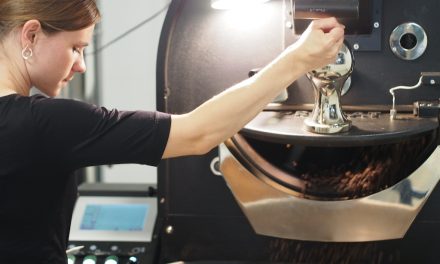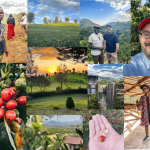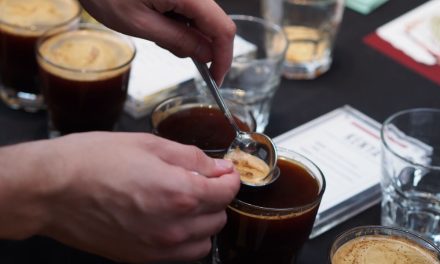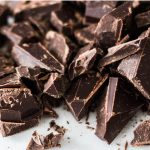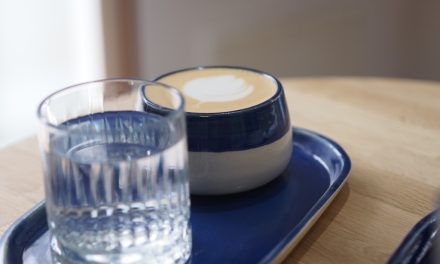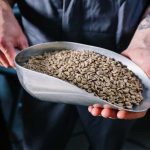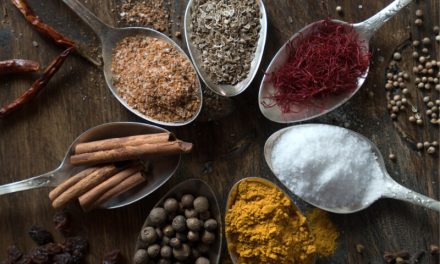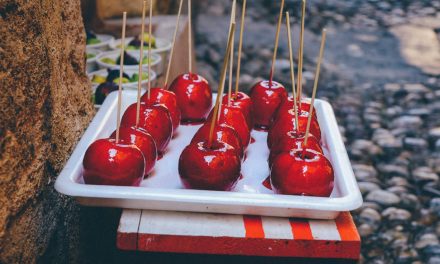
10 tips for improving your sensory skills
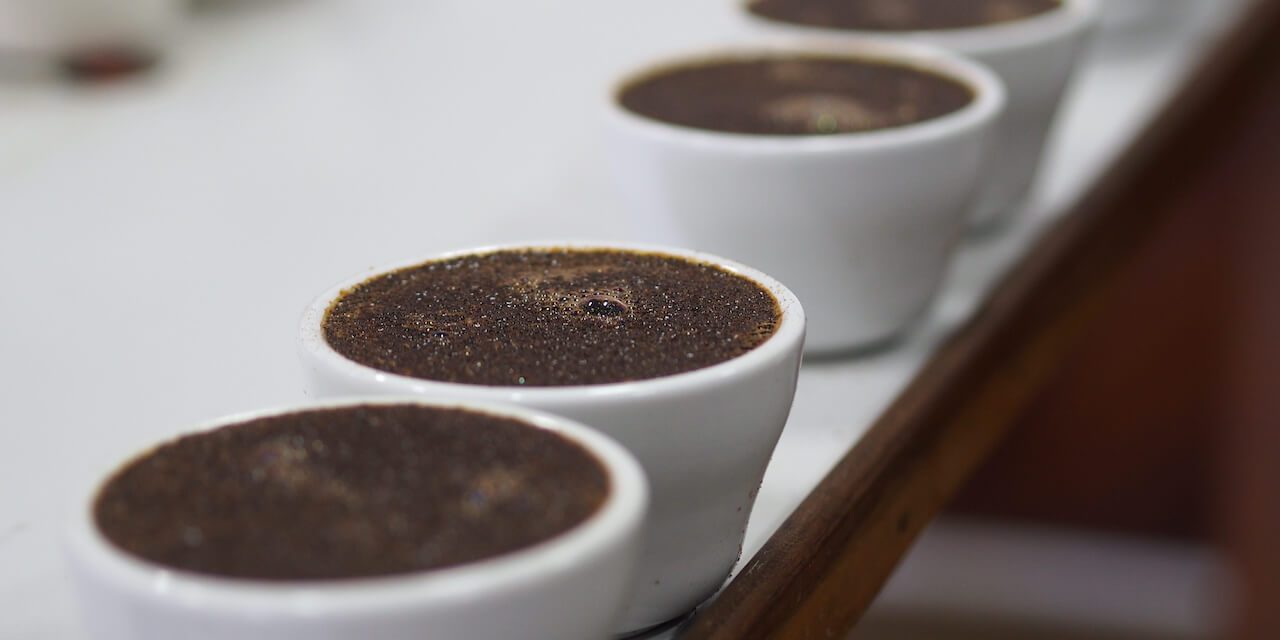
These 10 tips will make your sensory life easier
Some people leave you with an open mouth: they describe the taste of their coffee in the most beautiful and apt words.
“Notes of dark cherry, raisin and red grapes with a tangy, complex acidity reminiscent of blackcurrants and rhubarb, a syrupy body and a brisk, short aftertaste.”
And, could you imagine this coffee in your cup?
For those of us who have a little more difficulty with our sensory skills, we have 10 suggestions for you to help you achieve better results in a short time.
#1: Train your basic taste
Sweet, sour, salty, bitter, umami – these are our basic tastes. If we want to describe the flavor profile of a coffee, we need to know how sweet or sour feels on our tongue.
Therefore, regular training with sugar and salt solutions, which you can prepare yourself, is a good idea.
Here you will find information for each basic taste. It is ideal to mix it with hot water and taste it when cold. The information refers to 1 liter of water.
Equipment clean bottles, scales, water (e.g. distilled water), basic taste
Procedure: Weigh the basic flavor for one liter of water and pour into the clean bottle. Fill up with hot water to one liter. Mix well and let cool.
Recipes
- Sweet: 24 grams of sugar in one liter of water
- Sour: 1.2 grams of citric acid in one liter of water
- Salty: 4 grams of sodium chloride per liter of water
- Bitter: 0.54 grams of caffeine per liter of water
- Umami: 2 grams of monosodium glutamate per liter of water
Tip: If a liter is too much for you, convert the recipe to a size that suits you, for example 600 ml, 500 ml or 400 ml.
#2: Drink lots and lots of coffee
Drinking coffee helps you to train your sensory skills. And drinking more coffee. And again: drinking coffee.
Pay close attention to your perception in the oral cavity, on your tongue and in your nose:
What flavors do you perceive?
How liquid or viscous does the coffee feel in your mouth?
Try as often as possible to
try coffees from different growing countries,
with different processing,
with different cultivars,
different roasts and, if possible,
from different harvests.
This applies to both Arabica and Canephora varieties. Here is something you can do: try coffees from different fellow roasters. Or keep an eye out for cuppings from green coffee traders or other providers (e.g. coffee schools).
If it works for you, make notes about the coffees.
#3: Mindful Eating
Start to consume food consciously: How does the texture of a tomato feel? Is lemon really just sour, or can it also be a bit sweet?
Try to describe the differences between lime, lemon and grapefruit.
Every food – just like coffee – has characteristics such as sweetness, acidity, bitterness, aftertaste and texture. Practice consciously perceiving these characteristics with each food and storing them in your memory.
Try to combine the characteristics of a lemon or a tomato with a suitable image in your memory.
#4: Train with acids in coffee
When we talk about acids in coffee, we mean lactic acid, tartaric acid, citric acid and malic acid. Each of these acids gives coffee different sensory properties. For example, a lot of lactic acid in coffee makes it creamier in the mouth and gives it a milky body. To train your sensitivity to these acids in coffee, you can proceed as follows:
Brew an aromatic coffee that is not too bold in taste, for example a Brazil Santos. Use 50 grams of ground coffee for one liter of coffee. Divide the brewed coffee into five cupping bowls. Each bowl now contains the same amount of coffee. Add one of the above-mentioned acids to each of four of the five cupping bowls, 0.2 grams each.
Your goal is five cupping bowls:
- One contains pure coffee,
- one contains pure coffee mixed with 0.2 grams of lactic acid,
- one contains pure coffee mixed with 0.2 grams of tartaric acid,
- one contains pure coffee mixed with 0.2 grams of citric acid, and
- one bowl contains pure coffee mixed with 0.2 grams of malic acid.
Taste all coffees and compare them with the pure coffee.
Next, swap the order of the coffees and identify which coffee is in which cupping bowl without looking.
#5: Talk about coffee with other coffee professionals
While the actual cupping is a silent affair, you will benefit greatly from sharing ideas with the other participants after the cupping.
Discuss each individual coffee on the table together. Use the cupping evaluation sheet that you used during the cupping. You note the characteristics of a coffee on this evaluation sheet during cupping. What characteristics does each coffee have, what does the aroma remind you of, what does the sweetness and the aftertaste remind you of? How many points did each of you give this coffee?
Try to work out together which target group or purpose (e.g. roasting as filter coffee or as espresso) it might be suitable for.
#6: Practise coffee vocabulary
Sometimes it’s hard to find the right words to describe coffee. Use existing material here, such as
- an aroma wheel or
- the sensory lexicon from the “World Coffee Research”.
You can place the material in view and refer to it during the first tasting.
Then try tasting the same coffee again: this time, however, just with a blank sheet of paper and try to write down your own thoughts for each coffee. Compare your two results.
#7: Drink coffees from a single country of origin
Each coffee-growing country offers different micro-climates and thus different flavors. Try tasting many different coffees from a single country of origin. You will learn how different the flavors can be within a single country. Cuptasting coffee championships in particular tend to use coffees from just a few countries.
#8: Conduct triangle tests
Triangle tests and in/out tests are a great way to train your own sensory skills.
Triangle tests are used, for example, in the sensory analysis portion of coffee championships. The task is to find the one coffee in a set of three that differs from the other two.
The in/out test is the other way around: of the three coffees in the in/out test, one coffee is the reference coffee. The task is to find which of the other two coffees is identical to the reference coffee. This test is often used in quality control to ensure product consistency.
The nice thing about these two sensory tests is that the difficulty is easy to adjust. You can find out more about these two tests in a separate article about them.
#9: Train your sense of smell
Get various essential oils that are found in coffee, such as lime, dark chocolate or blueberry.
You can also use a set that a provider has put together for you, for example
Olfactorium by Belco from France
T100 by ScentOne
Le Nez du Café
Practice matching the different flavors correctly. With just one training session per month, you can achieve impressive results.
#10: Learning how the brain works
When you know how the sensory perceptions of your tongue and nose arrive in the brain, you can use this knowledge to improve your sensory learning.
Specifically, you will be able to:
Understand how your body perceives coffee.
Learn when you perceive salty and when your tongue reports bitter.
You will learn how your memory learns flavors and makes them available again.
You will learn how you can better remember characteristics and how you can use your senses for better sensory perception.
The magic of improving your sensory skills lies above all in practicing, practicing and practicing again.
Stay consistent and create a training plan. You don’t have to implement all the tips from this article in one day. Consider a sequence that suits you and your daily routine, along with the goal you want to achieve. If you record your results after each training session, you can also see where your strengths and weaknesses lie in sensory perception.


